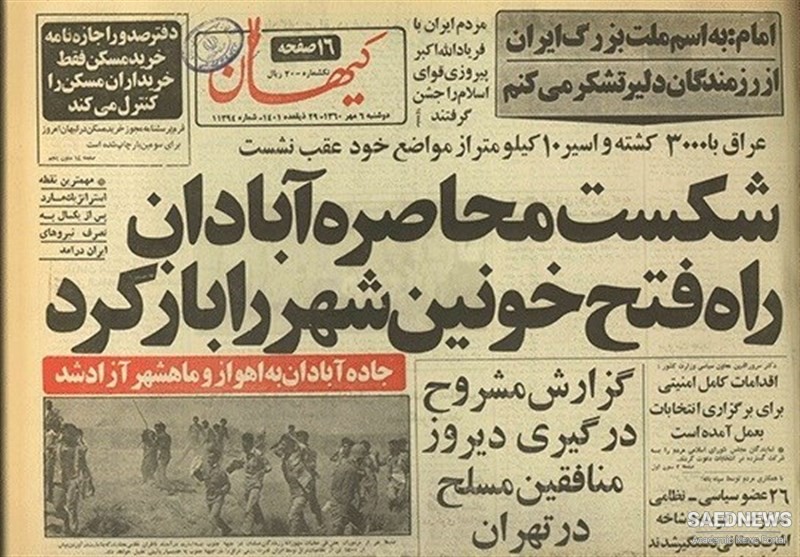The battle was fought at night in an area west of Susangard. It was fully successful, with the Iranians capturing seventy prisoners and destroying thirty armored vehicles. On May 22, Iran launched another attack near Susangard with elements of two brigades, again spearheaded by irregular units. Here the Iranians succeed in pushing the Iraqis off strategic heights northwest of the town, and for the first time in the war they held on to territory previously lost to Iraq. Iraq’s personnel losses in this attack were heavy.
Confident that their tactics were working, the Iranians continued to lay on human wave attacks, and now they ordered a new and horrifying fillip—they sent children into the battlefield to act as human mine detonators. Each child was given a small silver key, which, they were assured, would gain their immediate entry into Paradise.
The first major defeat of the Iraqis came at the end of September at Abadan. At midnight of September 27, following an intense artillery barrage, the Iranians attacked from four directions southeast of the city. The Iraqi commanders apparently became disoriented, misread the main thrust of the attack, and committed their reserves too quickly. The Iranians penetrated the Iraqi perimeter, and by morning the Iraqi forces were in retreat.
The key to Iraq’s failure in this operation was the flight of the Popular Army units, leaving some 1,300 regular army men cut off. Iraq lost 60 tanks, 30 armored personnel carriers, 1,000 killed, and around 1,500 taken prisoner. Iran suffered around 5,000 dead. Having broken the siege of Abadan, Iran next set its sights on Bostan, near Susangard. Here, the mere appearance of waves of attacking Iranians caused the Popular Army troops to panic. Some 1,000 Iraqis were taken prisoner.
This was the last significant engagement in 1981 before both sides took up defensive positions to wait out another winter. Nevertheless, the stage was set for a major confrontation the following spring at Dezful, where over 100,000 men participated. In preparation for the coming engagement, Tehran assembled 4 divisions and 3 independent brigades (a total of 65,000 regular army troops), 200 tanks, 180 artillery pieces, and a substantial number of irregulars. Iraq’s strength was about 45,000 troops, 550 tanks, and 180 pieces of artillery.
Aware that a major attack was in the offing, the Iraqis tried preemptive thrusts on March 19 and 20, 1982; these were beaten back. On March 22, 60,000 Iranians struck in the first phase of the battle, which closed with the surrender of 1,500 Iraqis. Iran launched its second phase after midnight on March 24, after the Iraqis had again prematurely committed their reserves. The third and final phase of the battle occurred at midnight on March 26.


 National Mobilization for Defense: Basij and New Balance
National Mobilization for Defense: Basij and New Balance














































